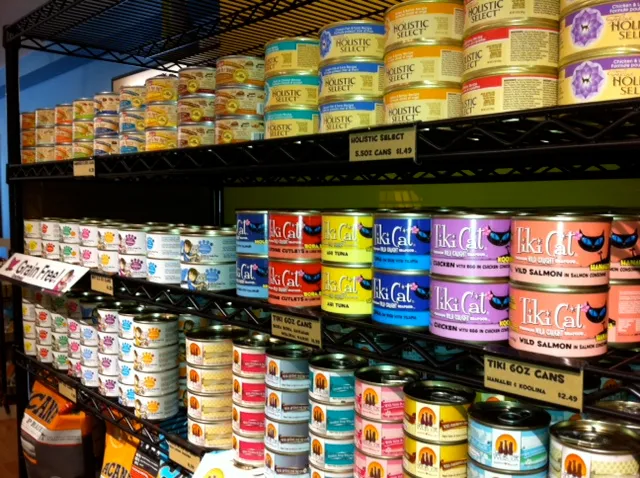When buying food for your pet, it is important to determine which one will actually be good for your cat. To get the best quality product for your cat, you need to understand the differences between the food classes.
Economy class food
The main purpose of this class is aimed at reducing the animal’s sense of hunger. Its nutritional value is quite low. Such feed is not balanced and has low digestibility. In general, economy class feeds contain various chemical preservatives, flavourings and colourings. Instead of meat they use vegetable proteins or bone meal, which has a deleterious effect on the animal’s body. Another distinguishing feature of this class of food is not constant composition. If you buy one food of a certain company, its composition may often change, and the animal may have a negative reaction to the food he is accustomed to. Despite the low cost of economy class food, it is not advisable to buy it because of its low caloric content and digestion rate. This type of class is the most advertised, so it occupies a large part of the market.
Economy class feeds are represented by such manufacturers:
- Darling;
- Doctor Zoo;
- Whiskas;
- Diamond;
- Frieskies;
- Provi Pet;
- Chetverogogiy Gourmet;
- Vaska.
Premium Foods
You can also call this class medium. The food is made from higher quality products, the content of preservatives is less. The food is more balanced, digestibility is an order of magnitude higher than in the economy class. But the meat content is not large, about 20%. The composition still includes bone meal, vegetable protein, some dyes and fillers. Also, the food contains a lot of ballast that is poorly absorbed in the animal’s body, such as chicken feathers, claws, and beaks.
The premium class is represented by such brands:
- Royal Canin;
- Happy Cat;
- BioMill.

Super-premium cat food
In this class, the meat content is already an order of magnitude higher, the amount of vegetable proteins is minimal, and there are no ballast substances and coloring agents, as in the premium class. Fodder is more natural and healthy for the animal. They have a high cost, but at the expense of good digestibility rate of consumption is much lower. Often representatives of this class provide a range of food for different age categories and physiological conditions of the animal.
Premium manufacturers include:
- BioMill;
- Royal Canin;
- Petreet;
- ProPlan;
- Eukanuba.
Next Generation SuperPremium Foods
In this class, the composition of food is as close as possible to the animal’s natural diet. It contains no preservatives, plant proteins or GMOs. Plant and animal ingredients are grown without chemicals or hormones. The feed is naturally preserved. Its price is quite comparable to that of the super-premium class.
Representatives of this class of food:
- 1st Choice;
- Eagle Pack Holistic Select;
- Go! Natural;
- Felidae;
- Acana.